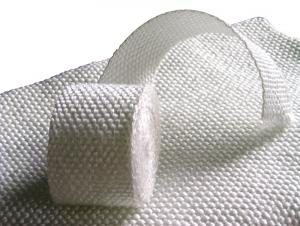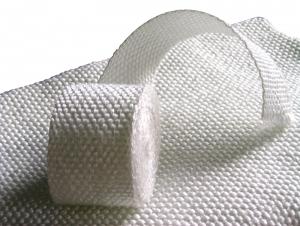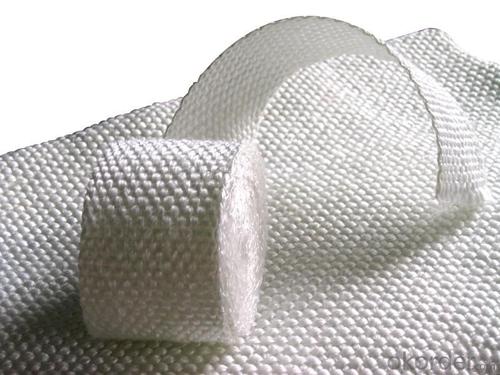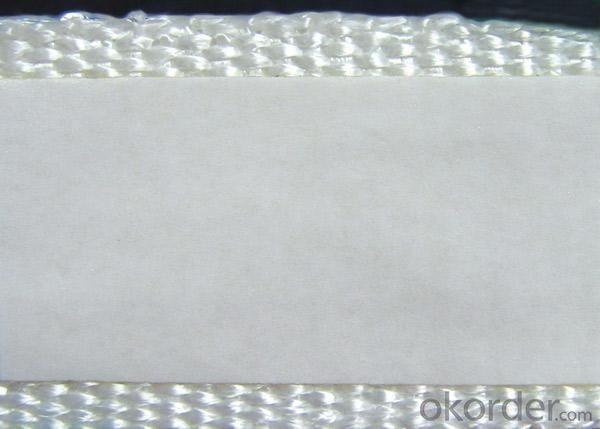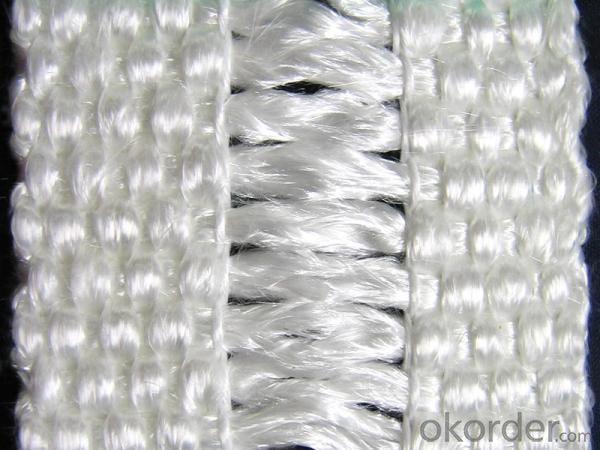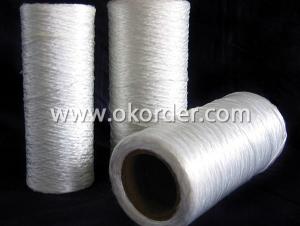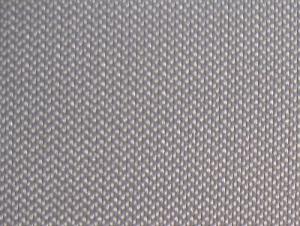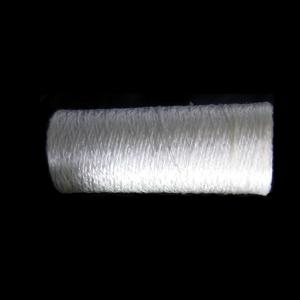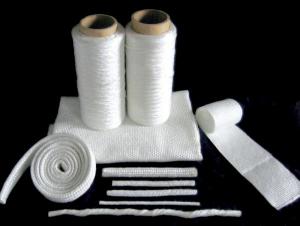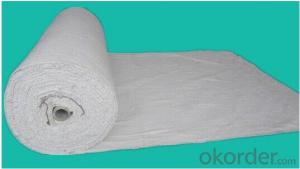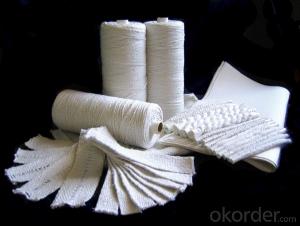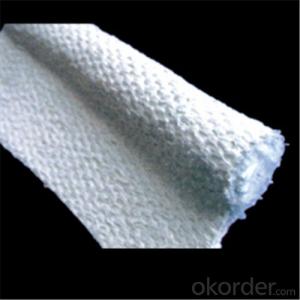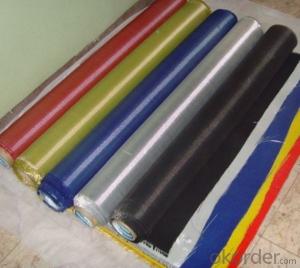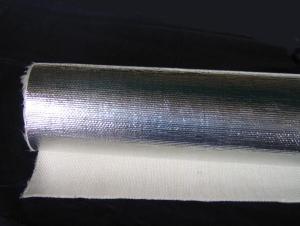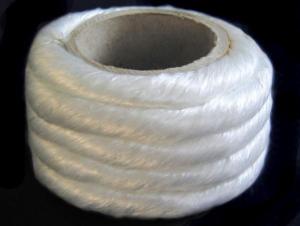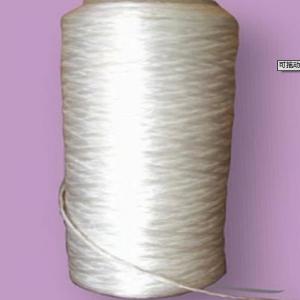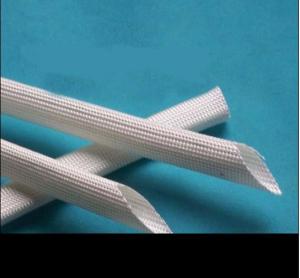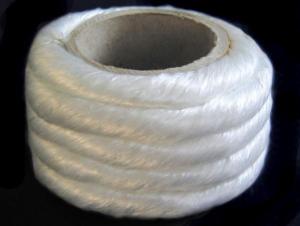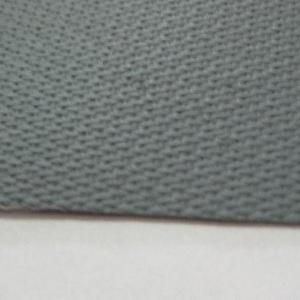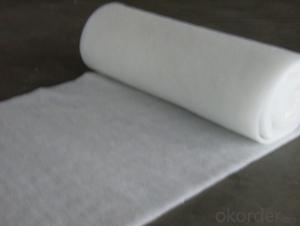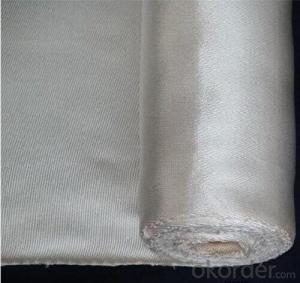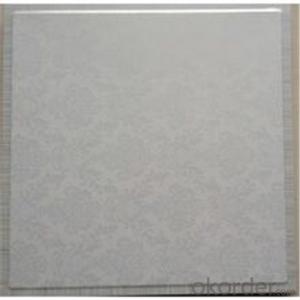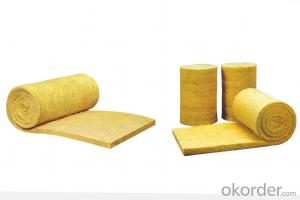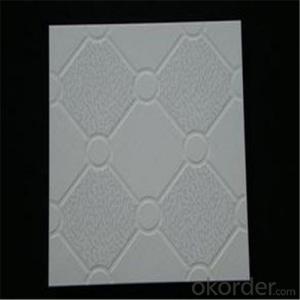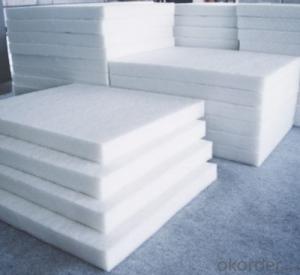Glass Fiber Textiles Textured Fiberglass Adhesive Tape
- Loading Port:
- China Main Port
- Payment Terms:
- TT or L/C
- Min Order Qty:
- 5t kg
- Supply Capability:
- 2*/20FCL Per Month kg/month
OKorder Service Pledge
OKorder Financial Service
You Might Also Like
Basic info of Textured Fiberglass Adhesive Tape It is fabricated from high quality texturized C glass or Eglass fiber yarns that will not burn and will withstand continuous exposure to temperatures of 1022F/550C.
2. It resists most acids and alkalis and is unaffected by most bleaches and solvents.
3. It is an excellent substitute for asbestos tape.
4. Texturized fiberglass tape with copper wire, nickel wire or stainless wire are also available.
Applications of Textured Fiberglass Adhesive Tape:
1. All types of thermal insulation and heat protection provide of industrial wires, cables, hoses, tube and pipe and also provide thermal insulation and personnel protection.
2. Used as a gasket or seal.
Features of Textured Fiberglass Adhesive Tape
Good alkali resistance
High tensile strength and resistance to deformation
Excellent self-adhesiveness
Good smoothness
Convenient application in construction
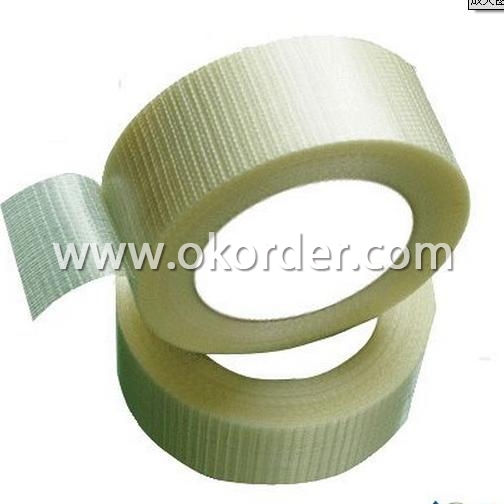
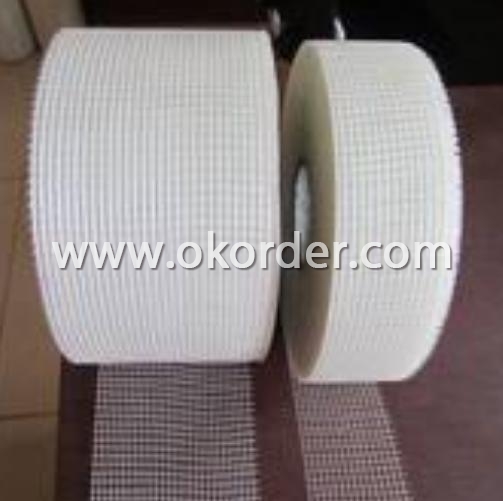
- Q: Can glass fiber textile be used in high-temperature applications?
- Yes, glass fiber textiles can be used in high-temperature applications. Glass fibers have excellent thermal resistance and can withstand high temperatures without losing their structural integrity. They are commonly used in industries such as aerospace, automotive, and insulation, where high temperatures are encountered.
- Q: What are the different coating options for glass fiber textiles?
- The selection of coating options for glass fiber textiles depends on the intended application and desired characteristics. There are several choices available: 1. Silicone Coating: These coatings, based on silicone, are well-liked for their remarkable heat resistance, flexibility, and water repellency. They give the glass fiber textiles a smooth and glossy finish, making them suitable for insulation, fireproofing, and protective clothing. 2. Polyurethane Coating: Polyurethane coatings provide enhanced abrasion resistance, durability, and chemical resistance. They act as a protective barrier against moisture, oils, and chemicals, making them perfect for industrial aprons, conveyor belts, and outdoor covers. 3. PTFE Coating: PTFE coatings are famous for their non-stick properties, high temperature resistance, and low friction. These coatings create a smooth and non-porous surface on the glass fiber textiles, making them suitable for release sheets, conveyor belts, and insulation tapes. 4. Acrylic Coating: Acrylic-based coatings offer good UV resistance, flexibility, and moisture resistance. They are commonly used for outdoor applications such as awnings, canopies, and outdoor furniture covers. 5. Vinyl Coating: Vinyl coatings provide excellent weather resistance, flame retardancy, and chemical resistance. They are commonly used for applications requiring durability and protection against harsh environmental conditions, such as truck covers, tents, and tarps. 6. Latex Coating: Latex-based coatings offer good flexibility, adhesion, and water resistance. They are often used for applications such as gloves, medical textiles, and waterproof garments. When selecting the appropriate coating option, it is important to consider the specific requirements and intended use of the glass fiber textiles.
- Q: Are glass fiber textiles resistant to mildew growth?
- Yes, glass fiber textiles are highly resistant to mildew growth. Unlike natural fibers such as cotton or wool, glass fiber textiles do not provide a suitable environment for mildew to grow. Glass fibers are inorganic materials that do not absorb moisture, which is essential for mildew growth. Additionally, glass fiber textiles are often treated with anti-microbial agents during the manufacturing process to further enhance their resistance to mildew. Therefore, if you are looking for a textile material that is resistant to mildew, glass fiber textiles are a great choice.
- Q: How does glass fiber textile perform in terms of dimensional stability?
- Glass fiber textile has excellent dimensional stability, meaning that it maintains its shape and size even under various temperature and moisture conditions. It does not shrink or stretch, making it a reliable material for applications where precise dimensions are crucial.
- Q: Can glass fiber textiles be used in reinforcement of polymers?
- Glass fiber textiles, or fiberglass, are woven strands of glass fibers that can reinforce polymers. They possess exceptional mechanical properties, including high tensile strength and stiffness, making them ideal for this purpose. Incorporating glass fiber textiles into polymers enhances the strength and durability of the polymer matrix. The glass fibers act as reinforcements by distributing stress and resisting deformation. This is particularly advantageous for polymers, which can be relatively weak and susceptible to deformation under load. The applications of glass fiber textiles in polymers are diverse, particularly in the manufacturing of composites. Composites combine different materials to create a synergistic combination of properties. By adding glass fiber textiles to a polymer matrix, the resulting composite material exhibits improved strength, stiffness, and impact resistance. Furthermore, glass fiber textiles also enhance the thermal and chemical resistance of polymers. Glass fibers are inherently non-combustible and highly resistant to chemicals, making them suitable for applications that require these properties. In summary, glass fiber textiles are highly effective for reinforcing polymers. Their mechanical properties, such as high tensile strength and stiffness, enhance the strength and durability of the polymer matrix. This makes them an excellent choice for applications that demand improved strength, stiffness, impact resistance, as well as thermal and chemical resistance.
- Q: How do glass fiber textiles contribute to impact strength?
- Glass fiber textiles contribute to impact strength by providing reinforcement and stability to the material they are incorporated into. The intertwining of glass fibers creates a strong network that enhances the overall structural integrity of the material, making it more resistant to external forces and impacts. The high tensile strength and rigidity of glass fibers help distribute and absorb the impact energy, reducing the risk of fractures or breakages.
- Q: What is the durability of glass fiber textiles?
- Glass fiber textiles are known for their exceptional durability. They have a high tensile strength and are resistant to wear and tear, making them long-lasting and suitable for various applications. Additionally, they can withstand exposure to harsh environmental conditions, chemicals, and UV radiation without deteriorating, further enhancing their durability.
- Q: Can glass fiber textile be used in automotive exteriors?
- Yes, glass fiber textile can be used in automotive exteriors. It is a lightweight and durable material that offers excellent strength-to-weight ratio, making it suitable for various applications in automotive exterior components such as body panels, hoods, and fenders. Additionally, glass fiber textile has good resistance to corrosion, impact, and temperature variations, making it an ideal choice for enhancing the performance and aesthetics of automotive exteriors.
- Q: I am producing 04 cloth of glass fiber. I want to know how to sell it
- The fabric properties are determined by fiber properties, warp and weft density, yarn structure and texture. The warp and weft density is determined by yarn structure and texture. Jingwei mithcah yarn structure, determines the physical properties of fabrics, such as weight, thickness and breaking strength.
- Q: How do glass fiber textiles perform in terms of water repellency?
- Glass fiber textiles are renowned for their exceptional ability to repel water. Their intrinsic characteristics prevent water absorption and make them highly resistant to moisture. As a result, glass fiber textiles are perfectly suited for situations that demand water repellency, including outdoor clothing, tents, and umbrellas. Moreover, glass fiber textiles possess excellent resistance to mildew and mold, further augmenting their water repellency. In summary, glass fiber textiles excel in terms of water repellency, offering a robust and dependable solution for diverse industries and consumer goods.
1. Manufacturer Overview
| Location | Beijing, China |
| Year Established | 1992 |
| Annual Output Value | Above US$ 3 Million |
| Main Markets | North America;Southeast Asia ;Western Europe ;Middle East |
| Company Certifications | ISO 9001:2008 |
2. Manufacturer Certificates
| a) Certification Name | |
| Range | |
| Reference | |
| Validity Period |
3. Manufacturer Capability
| a) Trade Capacity | |
| Nearest Port | Tianjing |
| Export Percentage | 60% - 70% |
| No.of Employees in Trade Department | 21-50 People |
| Language Spoken: | English; Chinese |
| b) Factory Information | |
| Factory Size: | Above 10,000 square meters |
| No. of Production Lines | Above 8 |
| Contract Manufacturing | |
| Product Price Range | High; Average |
Send your message to us
Glass Fiber Textiles Textured Fiberglass Adhesive Tape
- Loading Port:
- China Main Port
- Payment Terms:
- TT or L/C
- Min Order Qty:
- 5t kg
- Supply Capability:
- 2*/20FCL Per Month kg/month
OKorder Service Pledge
OKorder Financial Service
Similar products
Hot products
Hot Searches
Related keywords
